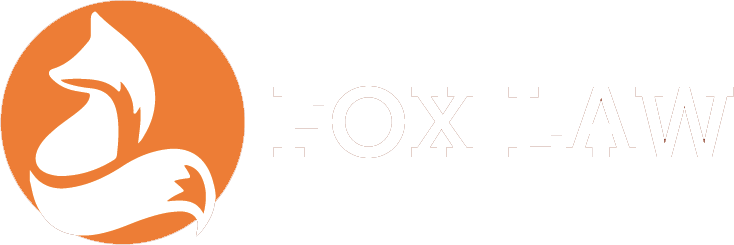Top 10 Slip and Fall Hazards:
Work-related slip and fall incidents can frequently result in serious disabling injuries that impact a healthcare employee’s ability to do his or her job, often resulting in lost workdays, reduced productivity, expensive worker compensation claims, and diminished ability to care for patients.
Slip and fall injuries are preventable. Healthcare facility administrators, safety and health professionals, facility managers, housekeeping managers, food service managers, and workers are responsible for safety of employees. Research supports a slip and fall prevention programs in healthcare facilities reduces slip and fall injuries in the workplace.
TOP TEN Slip and Fall Hazards
Slip and Fall Hazard 1
Contaminants on the floor are the leading cause of Slip and Fall incidents in healthcare facilities. Water, grease, and other fluids can make walking surfaces slippery.
Slip and Fall Hazard 2
Poor Drainage Pipes that are improperly aligned can cause liquid to spill onto walking surfaces, while clogged drains can cause water to back up onto the floor.
Slip and Fall Hazard 3
Indoor walking surface irregularities due to damaged, warped, buckled, or uneven flooring surfaces inside healthcare facilities can cause employees to slip, trip and fall.
Slip and Fall Hazard 4
Outdoor walking surface irregularities where poorly maintained, uneven ground, protruding structures, holes, rocks, leaves, and other debris can cause employees to slip, trip and fall.
Slip and Fall Hazard 5
Weather Conditions – Ice and Snow can cause employees to slip and fall at entrances, parking garages and lots, walkways, and outside stairs.
Slip and Fall Hazard 6
Inadequate Lighting impairs vision and one’s ability to see hazards. Proper lighting allows employees to see their surroundings and notice unsafe conditions in time to avoid them.
Slip and Fall Hazard 7
Stairs and handrails proper construction and maintenance can reduce hazards. Stairs that are poorly marked or uneven, as well as handrails that are not of the appropriate size, height, or are poorly maintained can lead to missteps and can cause employees to trip and fall.
Slip and Fall Hazard 8
Stepstools and Ladders used to work from heights can create a hazardous situation if not used properly.
Slip and Fall Hazard 9
Tripping Hazards: Clutter, Including Loose Cords, Hoses, Wires, Medical Tubing Clutter can build up in storage areas, work areas, hallways, and walkways potentially leading to a slip and fall incident. Exposed cords on the floor, stretched across walkways, and tangled near work spaces can catch an employee’s foot and lead to a trip and fall incident.
Slip and Fall Hazard 10
Improper use of floor mats and runners are the tenth most common cause of slip and fall accidents. Mats are properly used to prevent slip and fall accidents and to provide slip resistant walking surfaces by absorbing liquid, and by removing dirt, debris, and liquid from shoes. Mats are only effective if properly used and maintained. Old or poorly placed mats can contribute to slip, trips and fall accidents.
